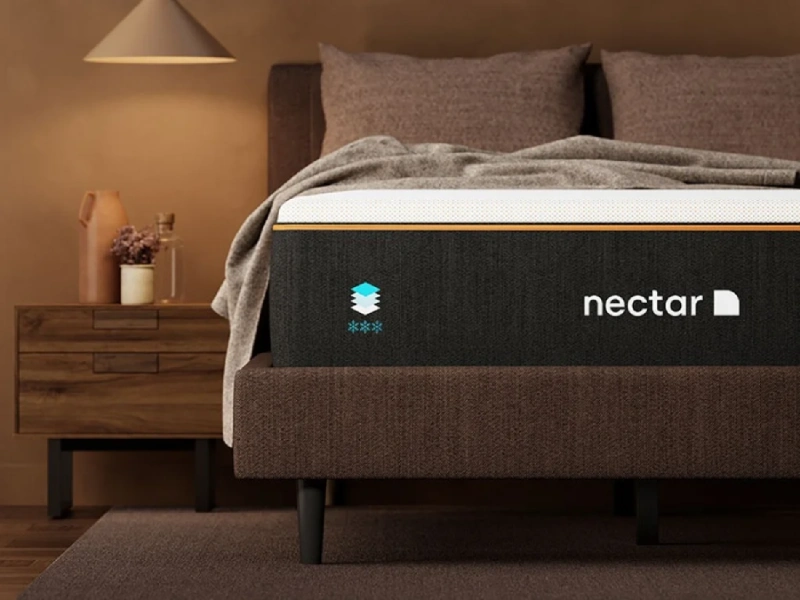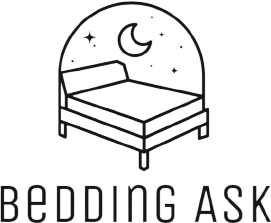Who Makes Nectar Mattresses
Nectar does not have any manufacturing facility. It manufactures its mattresses from third-party manufacturers in the Chinese region.
Then, the company imports the bedding to the United States.

Even though Nectar manufactures mattresses in China, Resident deals with Chinese third-party manufacturers. Moreover, the design and types of materials that will be used are also controlled by the Resident.
Thus, the manufacturers of Nectar mattresses are third-party Chinese companies, and the operations in charge is Resident Home.
Who made Nectar mattresses previously?
Chinese manufacturers have been making Nectar mattresses since the beginning of this company. However, the company that dealt with Chinese third-party manufacturers has changed.
In 2016, Nectar began its journey as a mattress manufacturer under DreamCloud. And the mattress brand remained under DreamCloud till 2019. After 2019, Resident was formed, and Nectar became a subsidiary brand of it.
Therefore, Nectar’s manufacturer was varied previously. And DreamCloud was the previous one that handled the contracts and other jobs for making Nectar’s mattresses from Chinese third-party producers.
RELATED: Who Makes Sealy Mattresses
Is Nectar Mattress American?
The answer is yes. Nectar is an American mattress brand, and Its headquarter is also in the US’s California state.
In 2016, Craig Schmeizer established two brands named DreamCloud and Nectar in California. Thus, the Nectar mattress brand is American by origin.
At that time, Nectar was a subsidiary brand of DreamCloud and had been under DreamCloud until 2019.
When the company directors rebranded DreamCloud as a subsidiary brand of the newly formed Resident in 2019, Nectar became a sister brand of DreamCloud. From that time, the Resident is in charge of Nectar.
Is Nectar Mattress a Chinese company?
Nectar is not a Chinese company. As it manufactures its mattresses from Chinese third-party manufacturers, some people confuse it as a Chinese brand.
Generally, new companies contract with Chinese companies to manufacture their products for initializing their businesses. And Nectar is no different.
In 2016, when the Nectar mattress brand was established, it contracted with Chinese manufacturers to produce its mattresses. And it is still manufacturing its bedding using those third-party companies.
Nectar imports completely assembled mattresses to its distribution houses in the USA. The reason is that it has no manufacturing or assembly house.
In 2018, the Federal Trade Commission charged Nectar brand for its false claims. Nectar manufactures its products in China but brands those with tags saying Made in the USA.
Moreover, Nectar also claims that it assembles its mattresses in the United States. But it does not even have a production or assembly facility in the country.
Do Nectar mattresses have toxic chemicals?
Nectar mattress has received CertiPUR certification for not using toxic materials. Thus, it is safe for human health and also for the environment.
Nectar manufactures one of the most comfortable mid-ranged mattresses. As a mid-range brand, many may think it uses cheap materials to manufacture its mattresses.
Cheap materials are generally synthetic and sometimes toxic chemicals used for mass production. Thus, it is evident that people will think Nectar also uses harmful materials.
However, it is not the case. Nectar has earned certificates for using eco-friendly materials as well as non-toxic materials. Besides, Nectar has confirmed that its mattresses are recyclable as well as disposable.
Besides all these, Nectar uses memory foam which is not generally found in economical mattresses but in premium mattresses. Moreover, the cover of Nectar mattresses is made of the following materials,
- Polyethylene
- Polyester
- Nylon
Nectar claims that all its mattresses are made of memory foam. And all the mattress’s thicknesses are 12 inches on average. As Nectar uses memory foam in its bedding, the inner layers must contain fiberglass to prevent sagging.
Source:
- https://www.residenthome.com/brands/ – Resident Brands (Resident Home)
- https://www.ftc.gov/news-events/news/press-releases/2018/03/nectar-brand-llc-agrees-settle-ftc-charges-companys-claims-about-chinese-made-mattresses-being# – Nectar’s false claymation (Federal Trade Commission)
- https://gimmethegoodstuff.org/safe-product-guides/mattresses/ – Nectar mattress toxic chemical free (Gimme the Good Stuff)
